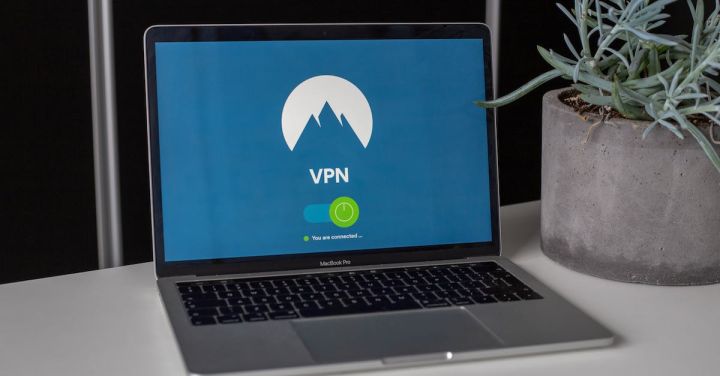What Are the Best Practices for Securing Virtual Servers?
Virtual servers have become increasingly popular in recent years due to their flexibility and cost-effectiveness. However, with this rise in popularity comes the need for proper security measures to protect these virtualized environments. In this article, we will explore the best practices for securing virtual servers.
Implement Strong Authentication Measures
One of the first steps in securing virtual servers is to implement strong authentication measures. This includes using complex passwords or passphrase, multi-factor authentication, and regularly updating these credentials. By requiring users to go through multiple layers of authentication, the risk of unauthorized access is significantly reduced.
Regularly Update and Patch Software
Another crucial aspect of securing virtual servers is to regularly update and patch the software running on them. This applies not only to the operating system but also to any applications or programs installed on the servers. Outdated software can contain vulnerabilities that malicious actors can exploit, so it is essential to stay up to date with the latest patches and updates.
Segment Networks and Isolate Sensitive Data
Segmenting networks and isolating sensitive data is an effective way to enhance the security of virtual servers. By separating different parts of the network and restricting access to sensitive data only to those who need it, the risk of unauthorized access or data breaches can be minimized. This can be achieved through the use of virtual LANs (VLANs) or network firewalls to create logical boundaries between different segments.
Implement Intrusion Detection and Prevention Systems
Intrusion detection and prevention systems (IDPS) play a vital role in securing virtual servers by monitoring network traffic and identifying any malicious activity. These systems can detect and block suspicious behavior, such as unauthorized access attempts or malware infections, before they can cause significant damage. Implementing an IDPS can help ensure the integrity and availability of virtual servers.
Regularly Back Up Data
Regularly backing up data is not only crucial for disaster recovery but also for securing virtual servers. In the event of a security breach or data loss, having up-to-date backups can significantly reduce the impact and recovery time. It is recommended to store backups off-site or in a separate virtual environment to further protect against data loss.
Encrypt Data in Transit and at Rest
Encrypting data in transit and at rest is an essential practice for securing virtual servers. Data encryption ensures that even if unauthorized individuals gain access to the data, they will not be able to read or use it without the encryption key. This can be achieved through the use of secure protocols such as SSL/TLS for data in transit and encryption algorithms for data at rest.
Monitor and Audit Server Activity
Monitoring and auditing server activity is crucial for detecting any suspicious or unauthorized behavior. By regularly reviewing logs and monitoring server activity, any potential security risks can be identified and addressed promptly. This includes monitoring for unusual login attempts, unauthorized access attempts, or any other suspicious activity that may indicate a security breach.
Regularly Train and Educate Users
Lastly, regularly training and educating users on best security practices is essential for securing virtual servers. Users should be aware of the importance of strong passwords, the risks of clicking on suspicious links or downloading unknown files, and other common security threats. By fostering a culture of security awareness, the overall security of virtual servers can be significantly improved.
In conclusion, securing virtual servers requires a multi-layered approach that includes strong authentication measures, regular software updates and patches, network segmentation, intrusion detection and prevention systems, regular data backups, data encryption, server activity monitoring and auditing, and user training and education. By implementing these best practices, organizations can ensure the security and integrity of their virtualized environments.






